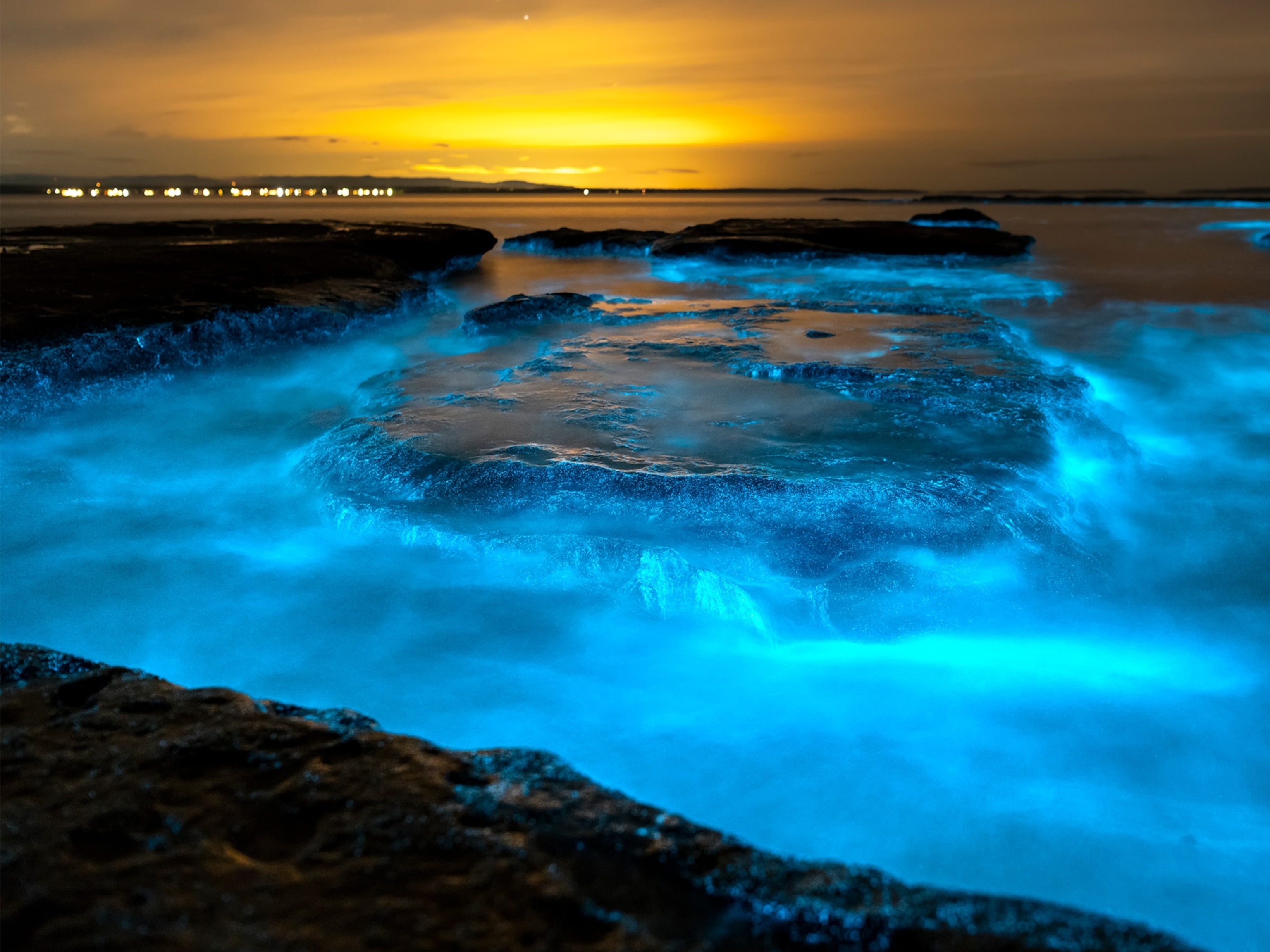
Jindo Sea Parting: Science Behind the 'Magic'
Extreme low tides explain modern analog of the Moses miracle in South Korea.
Hundreds of thousands of locals and foreign tourists gather at the southern tip of the Korean Peninsula every year for the Jindo Sea-Parting Festival. The event, which this year started on Thursday and runs through Sunday, celebrates a natural phenomenon in which the Jindo Sea—the northern portion of the East China Sea—opens up just enough to reveal a 1.8-mile (2.9-kilometer) pathway connecting South Korea's Jindo Island to the nearby island of Modo.
For the hour that the path is visible at its peak time on each of the four festival days, visitors take leisurely walks to Modo Island while the locals dig around for clams and seaweed. Although there is only one annual festival, the water parts two to three times a year between March and June.
The parting of the Jindo Sea was brought to the wider world's attention in 1975 by former French Ambassador to South Korea Pierre Landy, who called it the Korean version of Moses' miracle in a French newspaper, referring to the biblical parting of the Red Sea.
But far from miraculous, the Jindo Sea parting is likely the result of extreme low tides caused by a phenomena known as tidal harmonics.
Many people know that the gravity of the sun and the moon tugging at the surface of the Earth's water causes tides—the periodic rising and falling of the sea level. Depending on the relative position of each body, both the sun and the moon pull with different strengths and at different times, causing high tides in some areas and low tides in others.
But according to Kevan Moffett, an assistant geoscience professor at University of Texas at Austin, the respective positions of the sun, moon, and Earth are just one of the many factors that contribute to the annual parting of the Jindo Sea.
Tidal Harmonics
Certain factors that influence tides, such as Earth's rotation cycle or the movements of the Earth and the moon that result in varying distances between the two, are called tidal harmonics because they operate regularly. The contributors all generate different gravitational forces, causing several distinctive but repeating patterns in the tide over time.
"The key with these harmonics is that there are lots of them that contribute different amounts, or amplitudes, to the tides and that also contribute at different times," Moffett said in an email.
Occasionally the many harmonics will line up to be "in phase" and create either an extreme high tide or low tide, as happens with the Jindo Sea.
"Just like drummers beating slightly out of sync, eventually the many different harmonics will actually happen to line up to create a big 'beat' all at once," she added.
In the Jindo Sea, what appears to be a parting of the waters is actually a lowering of the entire sea to reveal a ridge of land—a 130-to-200-foot-wide (40-to-60-meter-wide) path that emerges daily during the festival.
"This is probably because the sediment has preferentially deposited at that one spot due to relatively calmer water occurring along that line between the islands," Moffett said.
As long as the shapes and positions of the islands and of the Myeongnyang Strait to the east of Jindo—which controls the tidal range—stays the same, the sea parting will likely continue to happen twice annually.
According to Moffett, "this is likely what has allowed the festival to grow up over a long time—long enough to produce the legend of the tigers in Jindo."
Wait, There's a Legend... With Tigers?
For those who would rather believe in the magic of the sea parting, you're not alone. Take comfort in the statue of an old woman and a tiger near the coast of Jindo.
According to legend, tigers were once abundant on Jindo Island. But when they began invading local villages, people fled to Modo Island. One woman, Bbyong, was inadvertently left behind.
She prayed to the god of the ocean, Yongwang, every day until finally the god told her in a dream that a rainbow would appear in the sea the next day for her family to cross the ocean.
When she went out to sea, the waters miraculously parted and a rainbow road appeared. Bbyong's family crossed the sea to meet her, and thus began a popular tradition among locals and a mystical attraction among tourists.




